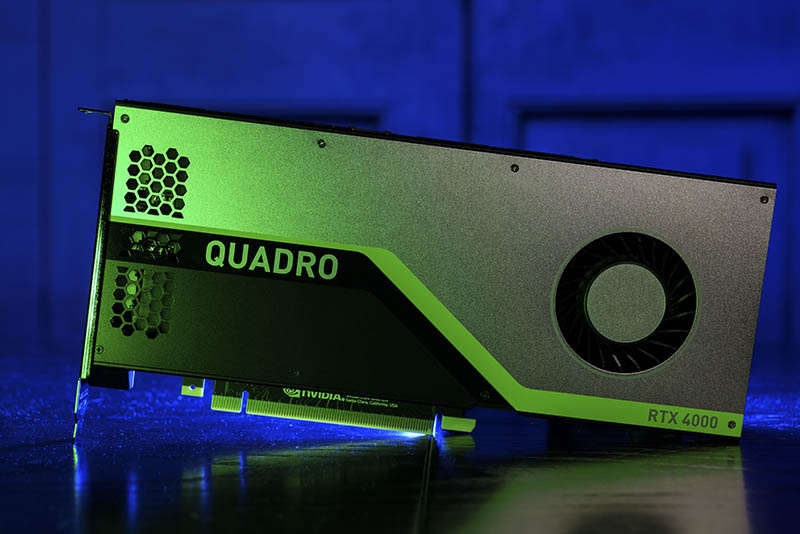In 2020, the RTX 30 80 was announced at a starting MSRP of $700, and everyone was super hype over getting a significant leap over the previous generation's flagship for the same price. But you know what happened next? Bots in the service of crypto miners snatched up what little supply there was, and the rest of us were left to join months long waiting lists or buy from scalpers on eBay. We hate those guys. But here in the present with crypto mining crashing and used cards flooding the market, many folks were hoping the a, a lovely series would be relatively affordable. But the 16 gigabyte RTX 40 80 starts at $1,200, a 72% price increase over the 30 80, and that isn't even taking the aforementioned inflation into account. But hold on, Riley, what about the other 40 80 that starts at only $900? What are you talking about? Ha. An astute observation. Dear viewer, as you know, Invidia is selling two versions of the RTX 40 81 features 12 gigabytes of VRAM, while the other features 16, and the 12 gigabyte version is the one that starts at 900. But if we look closely or there's way more differences under the hood than just the ram, the beefier 16 gigabyte revision has over 2000 more KU cores as well as a wider memory bus.
So even if 12 gigabytes of VRAM is enough to handle high quality textures, you're not getting anywhere close to the same maximum performance as the 16 gig model. A fact you can even see on a benchmark results chart, Team Green itself released some fans are even going so far as to call the 12 gig version. Nothing more than a Rebadged 70 series card sold at a markup because yeah, the architecture is obviously newer, but it comes with fewer Kuda cores than the last Gen RTX 30, 80 and a top it all off. These are just starting prices as third party cards from AIPs, which make up the vast majority of the market, are virtually certain to be more expensive. All this is a real shame since even though the 3000 series was generally well received, it was also roundly criticized for being short on VRAM compared to what modern AAA titles demand even at the high end. So if you're trying to snag a 4,000 series card just so you can get more V Ram, well, I hope you've got some deep pockets and if not, I want to cut a couple new ones. But what's behind the price increases in the first place? We'll tell you more about that right after we thank you Green for sponsoring this video. You Green's Dig Nest 100 Wat Power Strip is designed to be the last power strip you'll ever need.
The Power Strip uses gallium nitrate technology to quickly charge devices and offers three USBC ports, one US B port, two three-pronged plug ports, and a single two-pronged port up top, all in a wonderfully compact design, making it the perfect desk companion for all your devices. So don't wait. Grab your own Dig Nest 100 wat power strip from you green. Using the link in the description, even though Invidia isn't just gonna spill all the ins and outs of its pricing strategy, we have a good idea of what's going on here. CEO Jensen Wong has come out and publicly blamed rising prices on the dramatically increasing costs of silicon wafer and has also pointed out that performance per dollar is much better than past generations. But that latter argument is, you know exactly how nearly all advancements in technology works. So let's get away from Invidia's official statements. It's no secret that since the crypto crash earlier this year, there's been a glut of old RTX 30 series stock that both Team Green and its retail partners that have purchased graphics cards wholesale really want to clear out. I mean, New Egg is even giving away free monitors if you buy an amp GPU.
Therefore, both the high end of the new 4,000 series and the existing 3000 stock are going to be on the market at the same time. Invidia is effectively positioning the 4,000 series cards at the top of one combined product stack, hence the 4,000 series higher prices. Invidia seems to be using them as a tactic to nudge some budget conscious folks towards buying an older gen card to clear out their inventory. But what about supply of the new cards? Could the high prices be an attempt by Team Green to ensure they don't run out a car? It's like what happened back in 2020? This isn't very likely considering the pandemic seems to be winding down. GPU crypto mining's on life support and the GPS themselves are now being made by TSMC instead of Samsung. In other words, many of the factors that seriously cut into supply last time around other than actual high demand from gamers are now gone. And even with the 4,000 series, admittedly impressive performance increases on paper.
It's not like gamers are chomping at the bit to get their hands on something new the way they were when the 3000 lineup launched, or for the next two years of supply shortages. Since the 2000 series was widely considered an overpriced disappointment and the lack of supply constraints could end up being good news in the months after the November launch, since Nvidia may be forced to lower prices once they move some of the 3000 series stock and once they face competition from AMD will be launching their Raid on 7,000 cards that same month. Sadly, if you want a shiny new ADA Lovelace card for the holiday season, you most likely will have to fork over lots of cash.

